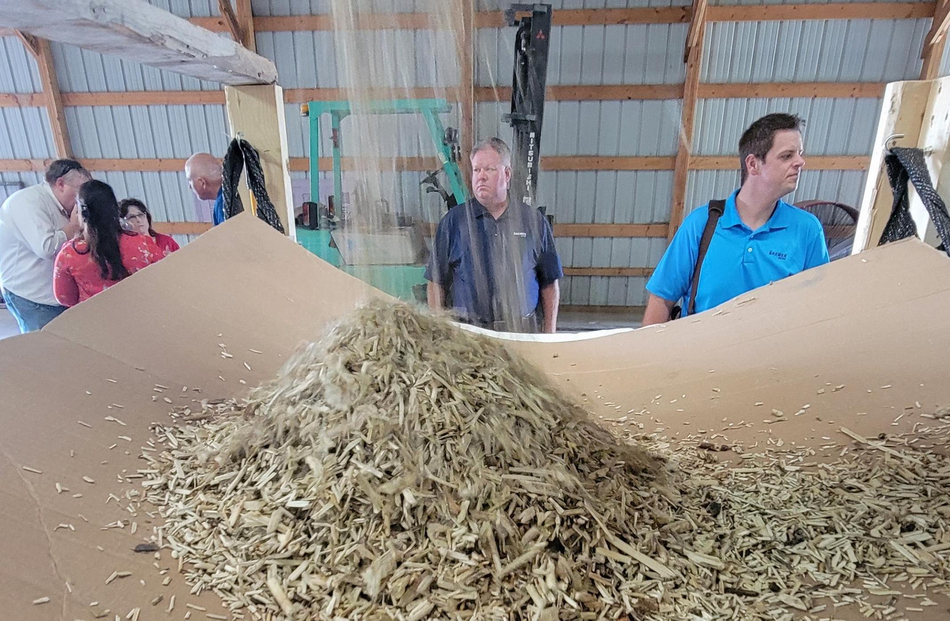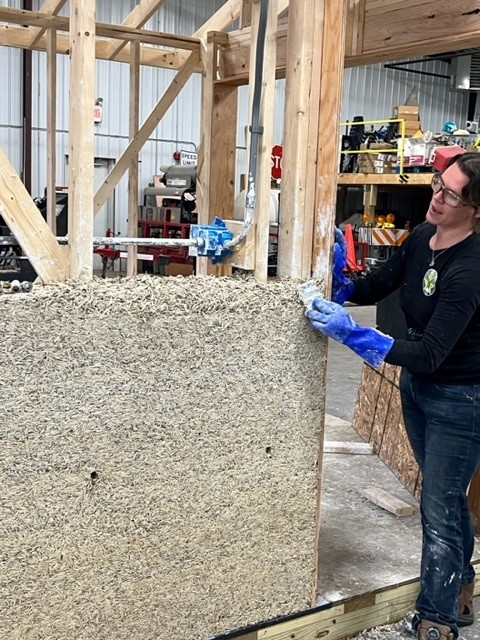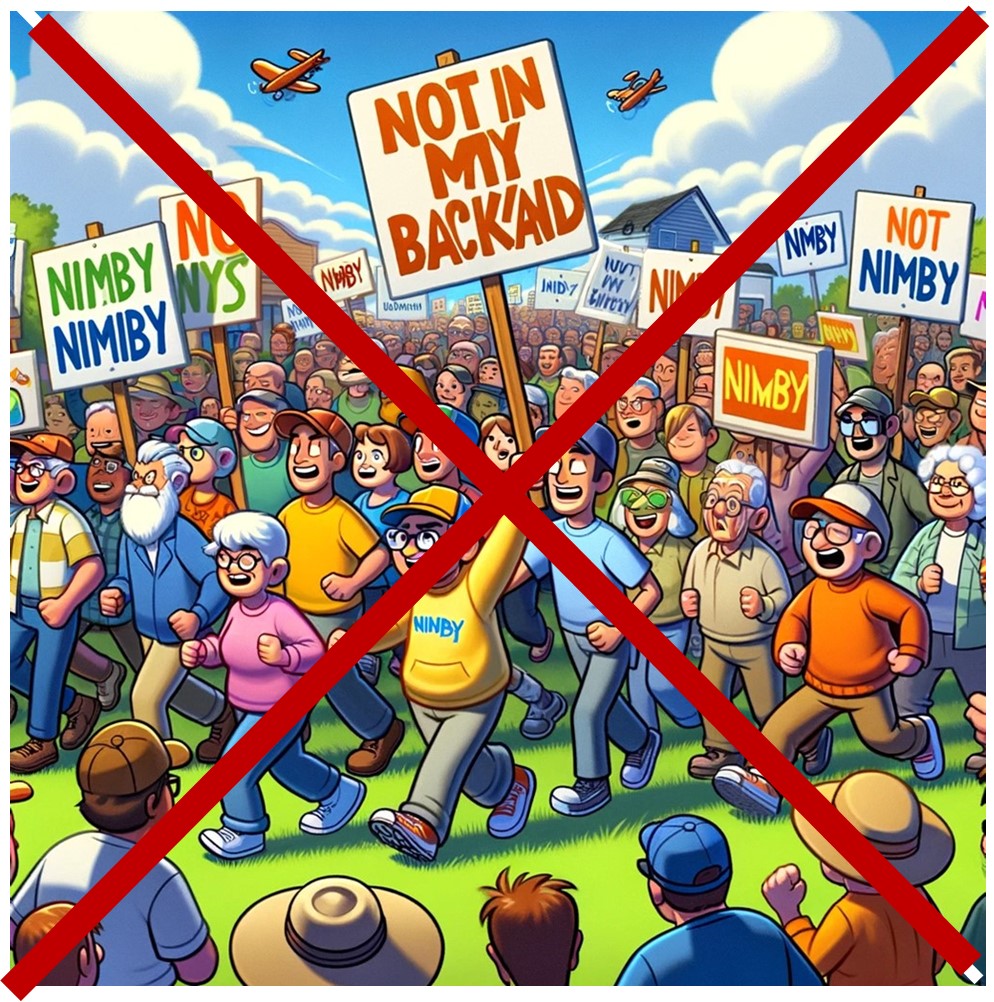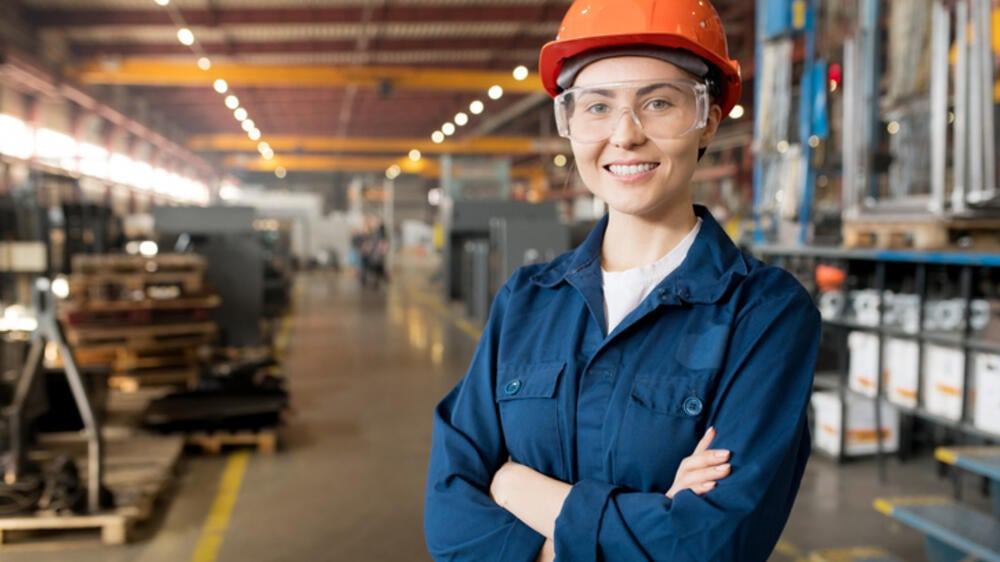By Gary Fleisher
In an innovative stride towards sustainable living, the Lower Sioux Community in Minnesota is at the forefront of eco-friendly home construction, championing the use of hempcrete. This groundbreaking material, derived from hemp, is swiftly gaining recognition as a superior substitute for conventional building materials, offering a wide array of health and environmental advantages.

photos – Lower Sioux Community
Situated within the Mdewakanton Band of Dakota, the Lower Sioux are developing an expansive 20,000-square-foot campus. This project is distinct in the American landscape, as it encompasses the entire spectrum of hemp cultivation, hempcrete production, and home construction. This initiative transcends mere building; it represents a significant move towards reclaiming tribal sovereignty and propelling a progressive construction material into the mainstream U.S. market.
Hempcrete is celebrated for its ability to create living spaces that are not only dry, clean, and pest-free but also devoid of contaminants. Its superior ventilation and thermal regulation properties render it an ideal choice for fostering healthier living environments. The Lower Sioux Hemp Program and Housing Project is pioneering in Minnesota, offering the state’s first “seed-to-wall” hempcrete experience. This endeavor is about more than constructing homes—it’s about cultivating a comprehensive, nature-centric approach to building.
The project’s key features are:
Hempcrete Training: This facet focuses on educating individuals on the nuances of working with this groundbreaking material, empowering them with vital skills and knowledge.
Non-Toxic Building: Hempcrete stands out for its absence of the harmful substances often found in materials used in low-income housing constructions.
Durability and Safety: Homes built with hempcrete boast resistance to temperature changes and enhanced fire safety, making them exceptionally durable.
Energy Efficiency: The inherent insulating capabilities of hemp fibers contribute to superior energy retention, leading to improved air insulation.
Environmental Sustainability: Hempcrete’s recyclability and minimal carbon footprint underscore its status as an environmentally responsible choice.
The immediate objective of this initiative is to enhance the living conditions within the community by providing healthier homes. The broader vision encompasses revolutionizing construction methodologies through the production of hempcrete blocks and prefabricated walls. This approach aims to expedite and streamline building processes.

This project is a standout in Minnesota, a state where hempcrete structures are still relatively uncommon. The commitment of Earl Pendleton, Community Council Vice President, who has dedicated over ten years to researching this venture, alongside Jennifer Martin of Hempstone, who led crew training in the fall of 2020, has been instrumental in driving this project forward. The Lower Sioux Community’s proposed Hemp Farming & Processing Facility, which is slated to break ground in May 2023 and is expected to be operational by April 2024, marks a significant milestone in this journey.
This initiative is not just a leap in sustainable building practices but also a model of how communities can integrate traditional knowledge with modern technology to create a future that is both environmentally conscious and culturally rich. The Lower Sioux Community’s pioneering efforts serve as a beacon for others to follow, showcasing how innovative materials like hempcrete can redefine the landscape of construction and living spaces.
.



